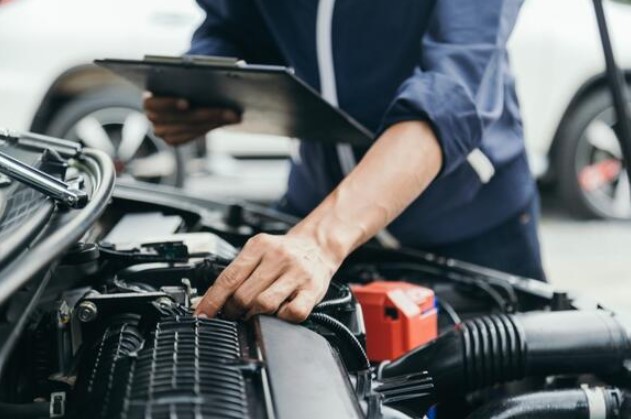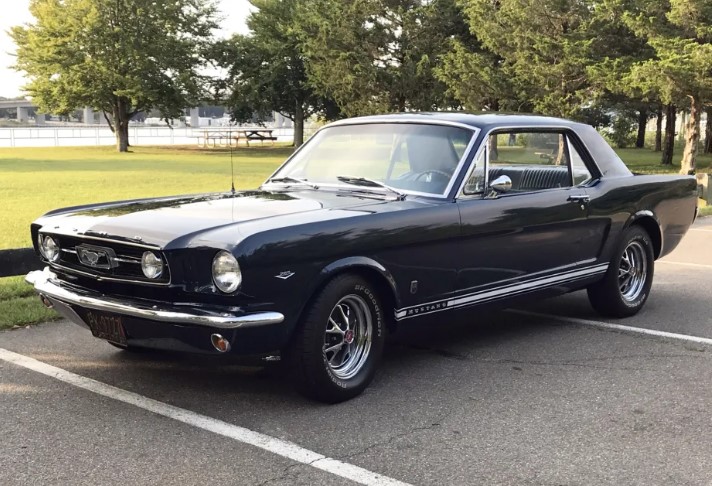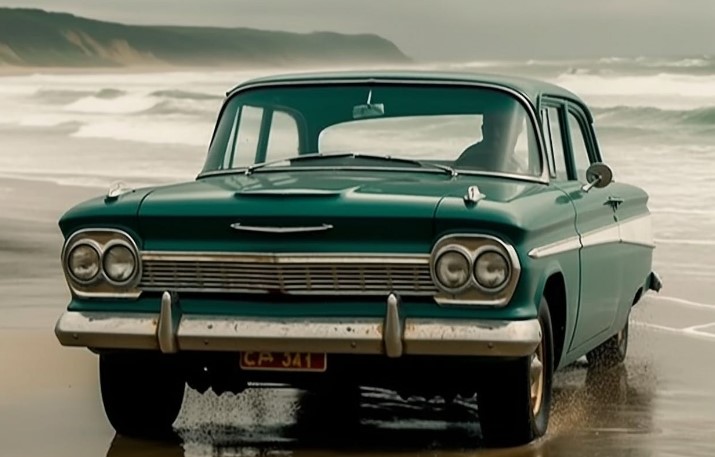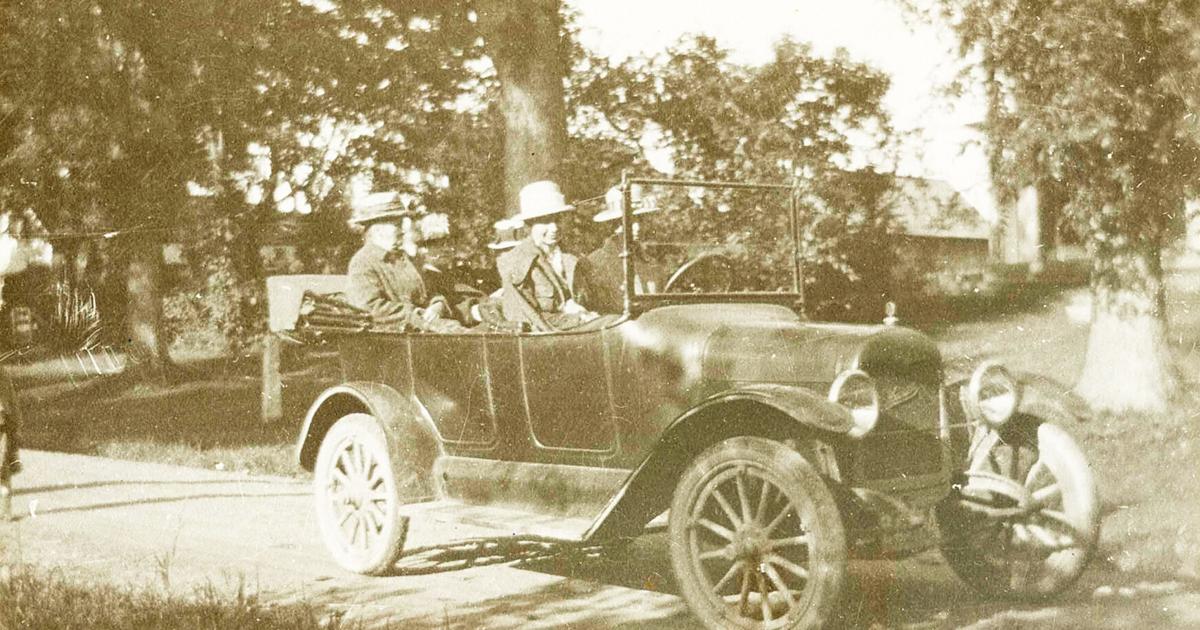WINCHESTER—In October 1901, Charles F. Bacon, head of the Bacon Felt Company, purchased a Stanley Steamer, becoming the first Winchester resident to own an automobile. At this point the town truly entered the automobile era.
During 1902, four more vehicle purchases were announced in the newspaper. That June, Dr. George Mead became the first local doctor to use an automobile in his practice.
In 1903, a dozen more residents entered the growing circle of automobile owners. They bought gasoline motors, steam automobiles, and electric automobiles. Louis Goddu invented his own electric auto in 1903—and promptly had an accident, running it into a tree.
Auto owners then built the first structures meant to house automobiles, not originally called garages but rather “automobile shelter” or “automobile house.” Often a carriage house was converted to automobile use.
Life changed for the better. Jolly automobile outings, fishing trips, and holiday excursions were reported. So also were the distances which motorists covered in what time. In 1903, Robert Whitney rode his automobile to West Falmouth in six hours running time, the distance being about 70 miles from Winchester. When he added two new touring lamps to his auto two months later, that also was news.
Proud automobile owners often shared their vehicles. It was newsworthy when local industrialist and inventor Arthur Whitney gave rides to noted elders Dr. William Ingalls and Edward A. Brackett to point out improvements and new developments in the town.
In 1905, Boston and Winchester papers alike reported a novelty introduced at the Visiting Nurse Association’s annual June breakfast fundraiser. Local auto owners volunteered their machines, including a Columbia, Cadillac, Knox, Stearns, Packard, Rambler, Peerless, and Winton, to taxi patrons to and from the breakfast, for only 25 cents. It was a great success and had to be repeated annually.
Automobiles gave rise to new businesses. The first livery stable to accommodate automobiles was the Dinsmore Stables and Forge on Converse Place which advertised in 1903, “We have the only charging station in town for Electric Automobiles.” And they offered to wash and repair autos.
In 1906, the new Winchester Automobile Company opened a repair and supply shop on Main Street, later moving into their own building on Converse Place. It was followed by the Mystic Valley Garage built in 1909 on Main Street and run by William and Napoleon Goddu.
The first known car dealer was Harry Ray who became the agent for several makes of automobiles. The garages soon also advertised autos for sale or rent. In 1908, the Winchester Automobile Co. was an agent for Buicks and in 1910 for Maxwell, Stevens-Duryea, and Ford motorcars, while the Mystic Valley Garage in 1910 was agent for Oakland Automobiles.
Troubles
Life also changed for the worse. Complaints abounded. Street lighting was inadequate. Children were endangered. Speeds were excessive. An editorial in 1904 asked, “Is human life growing cheap?” because motorists would race along the streets come what may.
The state instituted automobile registration in 1903, required that towns give notice of speed regulations, and established fines. Maximum speeds were fixed in 1906 at 20 MPH outside city limits, 12 MPH within, and not exceeding 8 MPH on rounding corners or approaching railroad crossings. That year Winchester posted its first 8-MPH signs on main thoroughfares, dangerous corners, and thickly settled areas.
Still, accidents of all sorts occurred. Automobiles collided with other autos, trolleys, bicycles, carriages, trees, walls, the railroad gate, and people. Motorists had troubles with weather, glare, and part failures.
One of the most harrowing early accidents beset Everett Avenue resident Roland Sherman in 1908. His automobile struck a hummock which caused it to bound against a brick wall at side of road, run into a ditch, and turn turtle. Sherman was pinned under the machine.
As he struggled to free himself, an overturned lamp began to burn. The smoke was suffocating, and every minute he expected that the tank would explode. After three-quarters of an hour he succeeded in squeezing his head and shoulders out from under the machine. For another quarter hour he stuck there while the fire underneath burned his clothing.
When at last he was free, he had escaped actual injury, but the strain had taken a great toll on his nerves, leading to hysteria and temporary home confinement.
The litany of reported auto troubles was such that when George Snelling made a trip near to Portland in 1903 and covered the entire distance of over three hundred miles without a mishap, The Winchester Star commented it was “a really wonderful performance for an automobile.”
Sanborn
One sporting individual in town, Oren Sanborn, was particularly known for upgrading his automobiles. He had an automobile as early as 1903 when his family lived on Sheffield Road and used it to motor to the horse farm his father had established in Maine. In 1904, he had a new, big, 25-horse-power touring car made to his own specifications, in which he and a party of four traveled the 200 miles from Poland Springs to home, non-stop, in 8 hours.
Apparently it was not powerful enough. In January of 1905, news of a great auto show in Madison Square Garden included the announcement of sales to Bostonians, including Sanborn, who purchased the most powerful Peerless vehicle, with 60 horse power. June breakfasters were doubtless impressed if they were on Sanborn’s route.
Five years later, by which time the family was living on High Street, he bought yet another new car, which the Star judged “probably the most powerful automobile ever owned by a Winchester gentleman.” It was the Apperson “Jack Rabbit,” a runabout of 80 horse power, which had recently been exhibited at an auto show in Boston.
Sanborn apparently enjoyed speed. In fact, in March 1911, he was stopped by two patrolmen on Beacon Street for driving at the rate of 21 miles an hour. Pleading guilty, he paid the $10 fine.
Carriage House
When the Sanborn House was new, a carriage route curved up the hill from an opening on High Street close to Cambridge Street to a carriage house near the main house. The building (termed a barn by the assessors until the Downes family took possession in 1925 and it became a “garage”) has had a history of changing use. The Sanborns kept horses and used what is now the Ambrose School lot as a paddock. The building had quarters for a coachman.
But it was also the home of some of the town’s earliest autos. It had space to house four of them and once had a turntable to turn the automobiles around.
For other sport, on the second floor was a billiard and card room, equipped with a bell rope to summon the servants. During the winter of 1911-1912, Sanborn hosted a cow-boy pool tournament ending with his own team’s win “in a close and exciting finish.” That room, during the Downes’ era, was still a game and pool room for men only.
With continual change of use, the interior has been completely altered. For a couple decades, the carriage house was an annex for the Marycliff Academy, used by the chaplain. Under town ownership it was valuable rental space, leased and occupied by various tenants. The town also used it, with the Archival Center once in a first-floor room and the Recreation Department running two children’s programs there before it vacated the Sanborn House in 2003.
The School Department has eyed the building off and on as potential central-office space since at least 2009. But lack of use led to loss of upkeep with consequences that extended its period of disuse.
Whatever its future, it will not revert to its original use, but knowledge of its history can recall a long-lost time when the appearance of a motorcar on any street in town was a rare and exciting event.







More Stories
Tips for Negotiating the Best Deal When Selling Your Car
5 Women That Shaped the Automobile and the World Around It (and Us)
Automobile retail sales see double-digit growth in February on robust demand